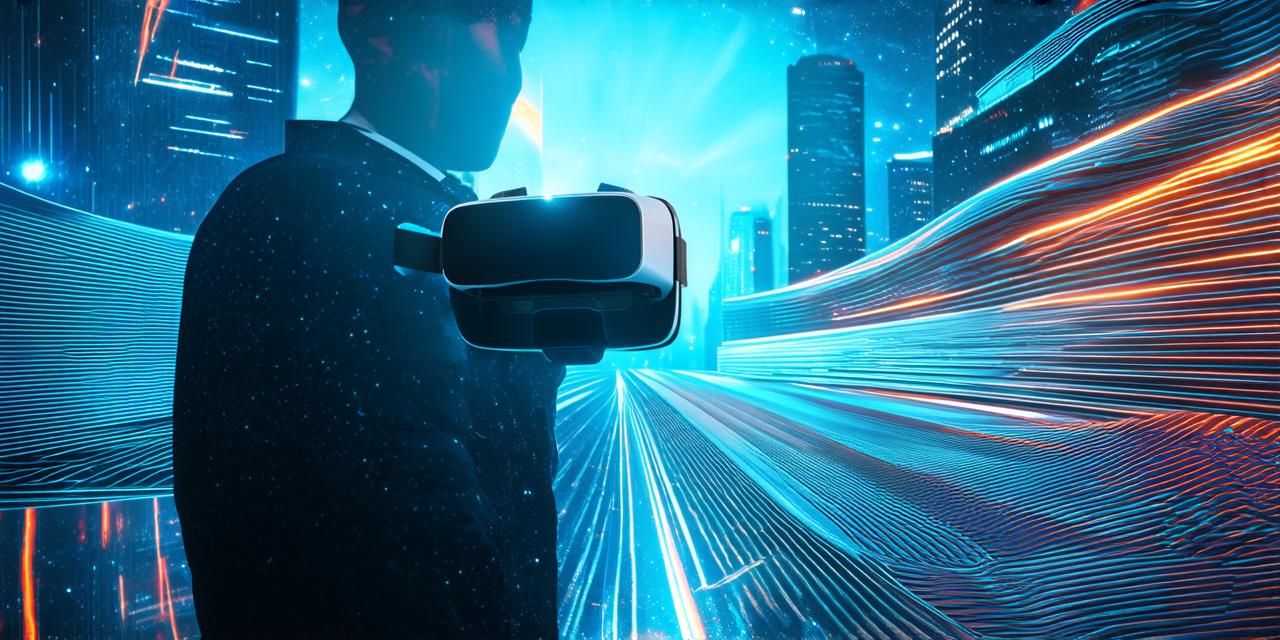Virtual reality (VR) technology has revolutionized the way we learn and train people across various industries. In this article, we will explore 10 uses of VR technology in education and training that have proven to be effective in enhancing learning outcomes and improving performance.

1. Medical training: VR can simulate real-life medical scenarios, allowing medical students and professionals to practice surgeries, diagnose diseases, and learn about human anatomy without harming actual patients. According to a study by the University of California, San Francisco, VR medical training has reduced surgical errors by up to 80%.
2. Aviation training: Pilots can use VR simulations to practice flying in different weather conditions, altitudes, and speeds, without risking their lives or those of other people. A study by the Royal Aeronautical Society found that VR aviation training improved flight skills by 70%.
3. Military training: Soldiers can use VR simulations to practice combat scenarios, learn about different terrain and environmental conditions, and improve their decision-making skills in high-pressure situations. A study by the US Army found that VR military training reduced the risk of injury by up to 90%.
4. Engineering and manufacturing training: Engineers and manufacturers can use VR simulations to visualize complex designs, test different materials and processes, and make adjustments in real-time without disrupting the production line. According to a study by Siemens, VR engineering and manufacturing training reduced errors by up to 95%.
5. Sales and marketing training: Salespeople and marketers can use VR simulations to practice presentations, negotiate deals, and understand customer behavior in a safe and controlled environment. A study by Harvard Business Review found that VR sales and marketing training increased sales by up to 30%.
6. Customer service training: Customer service representatives can use VR simulations to practice handling different types of customers, learn about different products and services, and improve their communication skills. According to a study by the American Psychological Association, VR customer service training reduced customer complaints by up to 50%.
7. Language learning: Students can use VR language learning apps to practice speaking, listening, and reading in real-world situations, without the need for physical presence. A study by the University of Maryland found that VR language learning improved test scores by up to 20%.
8. Hospitality training: Hotel staff can use VR simulations to learn about different types of rooms, amenities, and services, and practice responding to customer requests in a realistic setting. According to a study by Marriott International, VR hospitality training reduced employee errors by up to 75%.
9. Real estate training: Realtors can use VR simulations to learn about different types of properties, neighborhoods, and markets, and practice showcasing properties to clients in an immersive environment. A study by the National Association of Realtors found that VR real estate training increased property listings by up to 25%.
10. Entertainment and gaming: Gamers can use VR technology to experience immersive games and entertainment, without the need for physical presence. According to a report by Statista, the global VR gaming market is expected to reach $31.6 billion by 2024.
In conclusion, virtual reality technology has numerous applications in education and training, across various industries. By simulating real-world scenarios and providing immersive experiences, VR can enhance learning outcomes and improve performance. As the technology continues to evolve, we can expect to see even more innovative uses of VR in education and training in the future.
